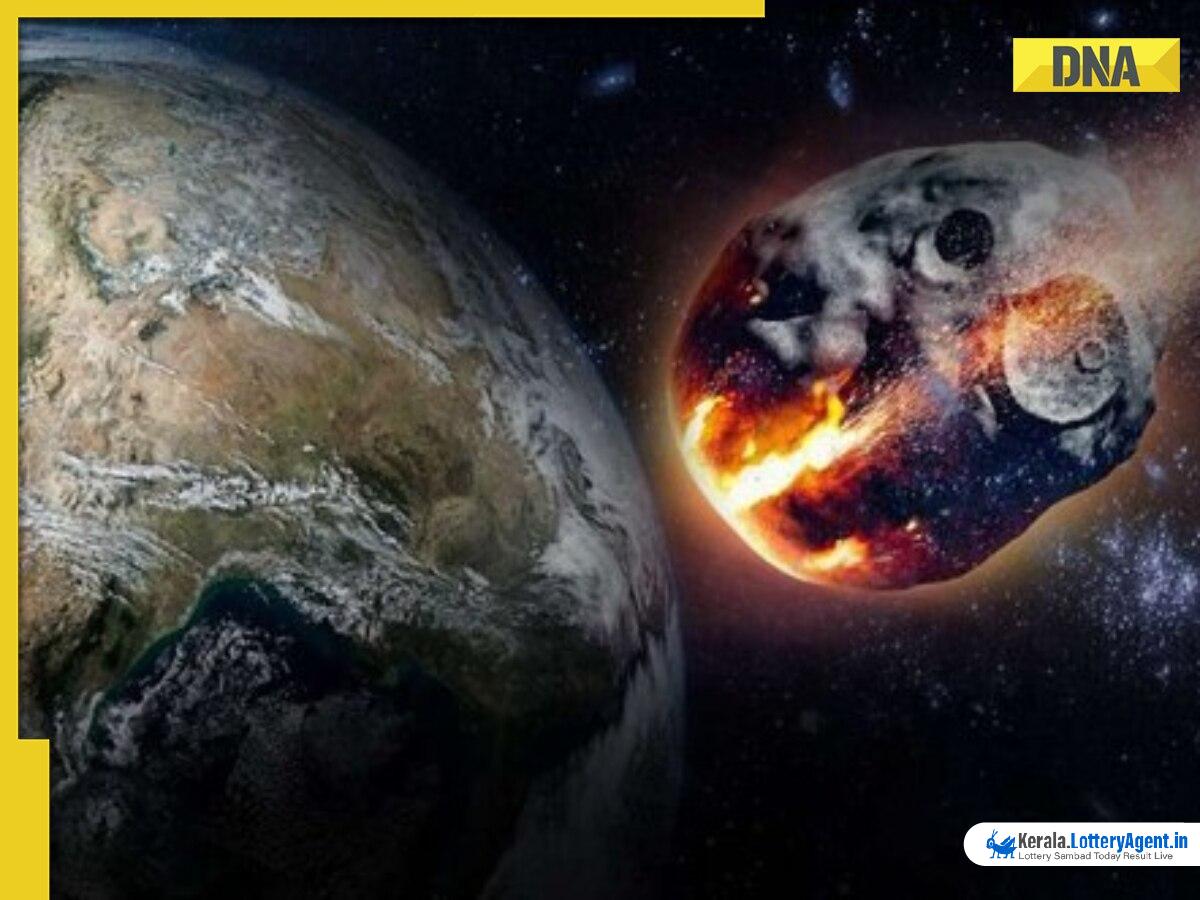
The cosmos is filled with wandering celestial objects, and Earth’s neighborhood is no exception. NASA, the sentinel of the sky, has recently spotlighted the approach of four asteroids, each a member of the notorious Apollo group known for their paths occasionally crossing Earth’s orbit. While the initial thought of asteroids hurtling toward our planet might inspire scenes from science fiction, the reality is often far less dramatic but always worth vigilance.
The quartet of approaching space rocks carry both intriguing attributes and noteworthy statistics, all keenly observed by astrophysicists and amateur skywatchers alike. The first of these is Asteroid 2024 JF. Small in astronomical terms, this 26-foot asteroid zips through space at an eye-opening 42,081 kilometers per hour. The asteroid’s trajectory is expected to bring it closest to Earth on May 6 at precisely 21:58 UTC, skimming by at a distance of 475,443 kilometers—beyond the reach of the Moon and therefore considered a relatively safe passage.
Hot on the heels of 2024 JF is its larger cousin, Asteroid 2024 HE2. Measuring 78 feet across and racing at 43,472 kilometers per hour, this space rock is slated for a cosmic rendezvous with Earth’s vicinity on the same day, May 6, at 20:16 UTC. Despite its size, HE2 will maintain a comfortable berth from our planet at about 1.2 million kilometers away, showcasing the vastness of space and the often remote nature of such celestial encounters.
Not to be outdone, Asteroid 2024 HL2 presents another impressive display of cosmic velocity and proportion. With a diameter of 84 feet, it soars through the void at a velocity of 48,247 kilometers per hour. Its point of nearest approach is set for May 6 at 08:12 UTC, with an expected standoff distance of 2.9 million kilometers. This asteroid, like its Apollo siblings, demonstrates the dynamic ballet of the solar system’s rocky inhabitants.
Completing the cosmic lineup is the largest of the group, Asteroid 2024 HM2. With a substantial diameter of 171 feet, HM2 hurtles across the galaxy at a breathtaking 90,056 kilometers per hour. Though it’s the biggest, HM2 is also the most distant traveler of the four, anticipated to coast by at a vast distance of 6.6 million kilometers from Earth on May 6 at 14:49 UTC. Its immense speed and size serve as striking reminders of the powerful forces at play in our solar neighborhood.
These celestial events highlight the ongoing dance of the cosmos, a waltz that has been unfolding for billions of years. The distances involved may seem enormous by terrestrial standards, but these close approaches provide astronomers with valuable opportunities to study these ancient spacefarers, gaining insights into our solar system’s origins and evolution.
To manage and mitigate any potential asteroid threats, NASA and its Center for Near-Earth Object Studies (CNEOS) maintain constant surveillance of near-Earth objects (NEOs). Through telescopic eyes and automated tracking systems, CNEOS keeps a vigilant watch, ensuring that any space rock with Earth in its sights is closely monitored.
In conclusion, while the term ‘asteroid’ often conjures notions of imminent danger, these four Apollo asteroids pose no immediate threat to Earth, illustrating the precarious balance between concern and curiosity. As humanity continues to gaze upward, the heavens reveal both the timeless spectacle of the universe and the ongoing need for attentive stewardship of our celestial neighborhood.












